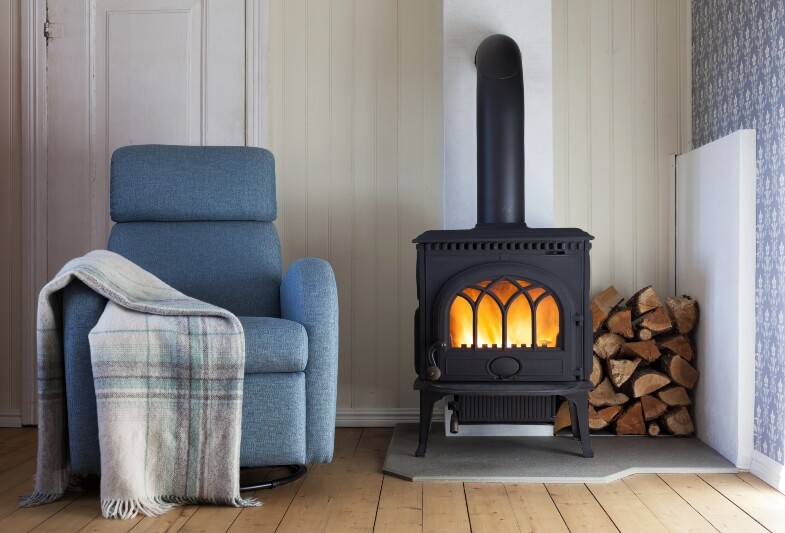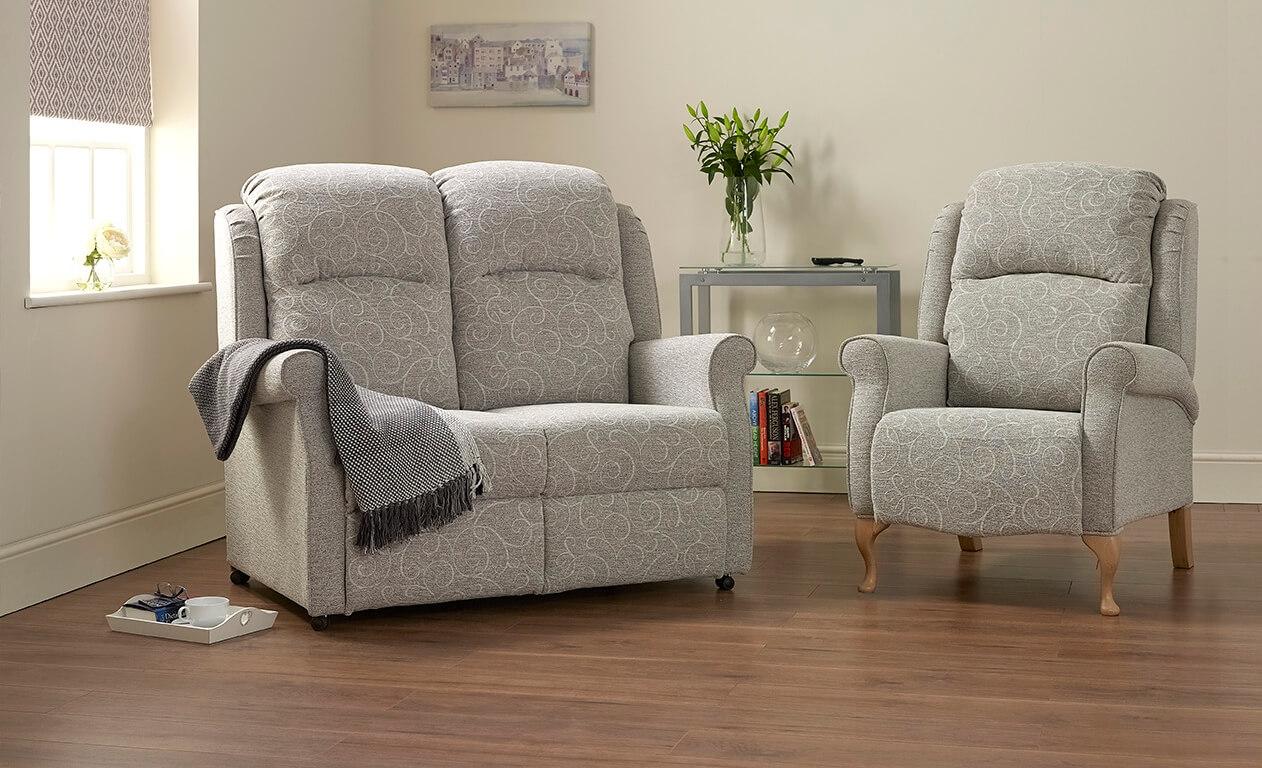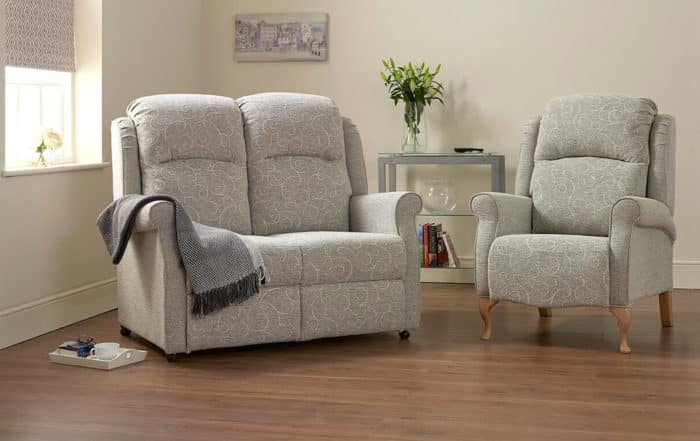Keep Warm in a Heated Recliner Chair For Just 20p a Day
Social Links
Many of us will be familiar with the saying “change is a constant” – in fact some may say it has been all too accurate in the past couple of years! Some changes, at least, are reassuringly familiar. We know, for example, in the cold, dark days of winter when our living rooms, with their fires and heaters become a sanctuary against the bitter world outside, that the light and warmth will eventually return.
Not so reassuring, however, is the alarming possibility that energy prices may rise by up to 80% next year, while BBC predicts a rise of around 27%. As heating is the biggest energy user in most households, it’s no wonder that more than three million older people in the UK are concerned about how they’ll keep warm at home this winter. For many this may mean confining themselves to one or two rooms, such as the lounge room and bedroom, and keeping those rooms as warm as possible. Fortunately, an easy way to do this is to invest in a heated recliner chair.
Calculating heating costs
For most households, energy comes in the form of gas or electricity. Where both are connected, gas is generally used for cooking, hot water, and heating the home in winter, while electricity covers things like lighting and appliances.
For a home without gas, electricity powers everything. Rates are calculated by energy suppliers, who have to pay for the raw fuels (often coal or gas) to generate the energy. When the supply of these materials is affected by factors such as climate change or world events, costs are impacted – which are then usually passed on to the consumer.
In July 2022, the average monthly electricity bill for a one to two bedroom home was calculated to be around £37 with an annual bill of £450. For a three to four bedroom home, the figures stand at £56 per month and £670 per year. The current average gas bill in the UK is £39 per month and £471 per year for a one-to-two-bedroom home, or £55 and £657 for a three to four bedroom home.
Why keeping warm is so important
Humans are designed to function best within a particular heat range, and it’s recommended that the ideal indoor temperature for our home is between 18 and 24 degrees Celsius. Being exposed to colder temperatures for prolonged periods can be dangerous for health, and in particular for older people, as it increases the risk and severity of colds, flus and other respiratory problems.
Blood pressure can elevate in reaction to us being cold, which increases the risk of heart attacks and strokes. Cold temperatures can slow blood circulation too, which can exacerbate problems such as swelling and thrombosis and cause numbness or tingling in the hands and feet. Being cold can also intensify any existing aches and pains. Coldness can make life unpleasant for people with arthritis, as it thickens and slows the fluid around our bones and joints, making us even stiffer and sorer than usual.
But there is one relatively simple solution. A heated rise and recline chair.
How to save with a heated recliner chair
Your gas or electricity bill won’t specify how much of it was spent on heating, but in 2018 it was estimated that heating a home made up approximately 40% of the annual usage. Therefore, finding a way of having a lower heating cost will bring the overall total down significantly. We know that lowering the thermostat by one or two degrees can make a big difference – but to do that you need to find other ways of keeping warm at home.
One of the best ways to do this is with a heated recliner chair. You get all the benefits of an adjustable recliner – such as support, comfort and advantages to health – with an inbuilt heating pad to warm your back, hips and legs, exactly where achy joints will feel the cold the most. Plus, an electric recliner chair is extremely energy efficient and costs only 20p per day to run; that’s a total of £1.40 per week, and just £72.80 per year.*
Heating tips to make the most of your heated recliner
Once you have your new recliner chair and have settled into it to keep warm, there are a few other things you can do to ensure you keep the warmth in – and lower heating costs – as much as possible. These include:
Place a blanket over yourself: hot air rises, so keep it from escaping by trapping it under a blanket made of wool, fleece or another warm material. Raise your feet off the cold floor and get them under the blanket too if it’s long enough.
Use a heat pack or wheat bag: these are a great idea if you have a cold or stiff spot that is not directly on the heated area of the sofa. Don’t use a hot water bottle, though, as this can be dangerous with an electric appliance.
Curl up with someone else: you get twice the body heat if you can share a sofa with another person, or even a pet, and The Mobility Furniture Company offers luxurious two- and three-seater sofas with heated cushions, so you can snuggle up to your heart’s content.
Use the massage feature: some recliner chairs also come with a massage mechanism, which helps loosen stiff and sore muscles. It also stimulates blood circulation, which helps keep your core temperature up and is great for easing arthritic joints.
Choose a warmer fabric for your sofa: there are several fabrics you can choose for your recliner chair, and often the warmest are synthetic fabrics such as microfibre or polyester. Alternatively, invest in a woolen throw to use in the cooler months.
Don’t place it directly in front of a heat source: putting your chair directly next to a radiator or fireplace blocks a lot of the heat, as it’s absorbed by the chair instead of circulating around the room. Instead, sit slightly further away so the heat can escape, which will raise the overall ambient temperature of the room and further lower heating costs.
The bottom line
It’s natural to be concerned about rising energy costs, but fortunately there are many ways to lower heating costs without putting your health at risk. For older people, these heating tips may include staying home as much as possible, closing off unused rooms and, of course, keeping warm in a cosy and comfortable heated recliner chair.
Because the recliner feature means it’s safer to spend longer amounts of time in it, you can settle into a rise and recline chair with a blanket and keep warm for the whole day or evening. Plus it’s extremely efficient to run, so it won’t affect your energy bill – except potentially to reduce it – and there are many styles and special features to choose from.
For more information, a free brochure or a free home demonstration of a rise and recline chair, sofa or adjustable bed, get in touch.
*Based on manufacturer specification and electricity price forecast from The Institute of Chartered Accountants in England and Wales. Electricity use: chair plugged in for 24 hours day, heat function on and five cycles of reclining and standing.
*This website contains general medical information. The medical information is not advice and should not be treated as such. Read our full Medical Disclaimer here.



